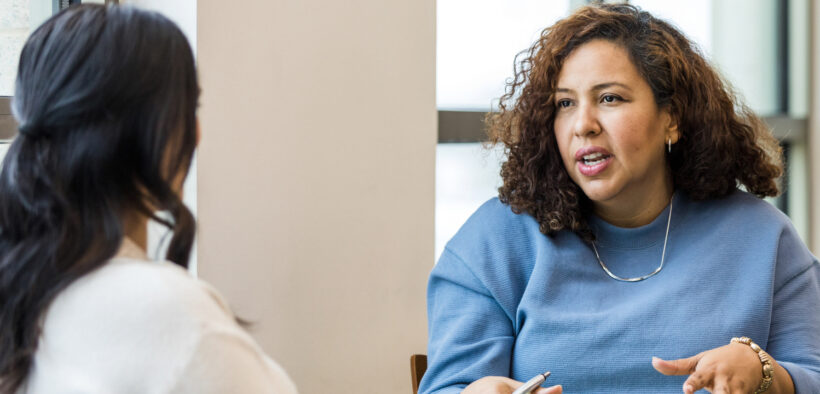Google “calling the teacher ‘mom,’” and you will find a deluge of pained or embarrassed faces across various memes. This shared humor is a prime example of transference. Transference is a fundamental principle of psychotherapy, which occurs when a person unconsciously projects attitudes and feelings from past relationships into the present moment (Britzman and Pitt 1996). Although identified with therapy, transference shapes many teaching elements, including how and why educators teach (Weiss 2022) and how we respond and listen to students (Baumlin and Weaver 2000). Even Freud noted the presence of transference in teaching, remarking how “these men [the teachers] became our substitute fathers . . . We transferred to them the respect and expectations attaching to the omniscient father of our childhood, and then we began to treat them as we treated our own fathers at home” (Freud 1914, 242–4; Weiss 2022).
The Mother Is in the Classroom: Transference in Teaching

Related Articles
I have two loves: teaching and learning. Although I love them for different reasons, I’ve been passionate about...
Active learning is a mostly meaningless educational buzzword. It’s a feel-good, intuitively popular term that indicates concern for...
Perhaps the earliest introduction a student has with a course is the syllabus as it’s generally the first...
Generative AI allows instructors to create interactive, self-directed review activities for their courses. The beauty of these activities...
I’ve often felt that a teacher’s life is suspended, Janus-like, between past experiences and future hopes; it’s only...
I teach first-year writing at a small liberal arts college, and on the first day of class, I...
Proponents of rubrics champion them as a means of ensuring consistency in grading, not only between students within...








